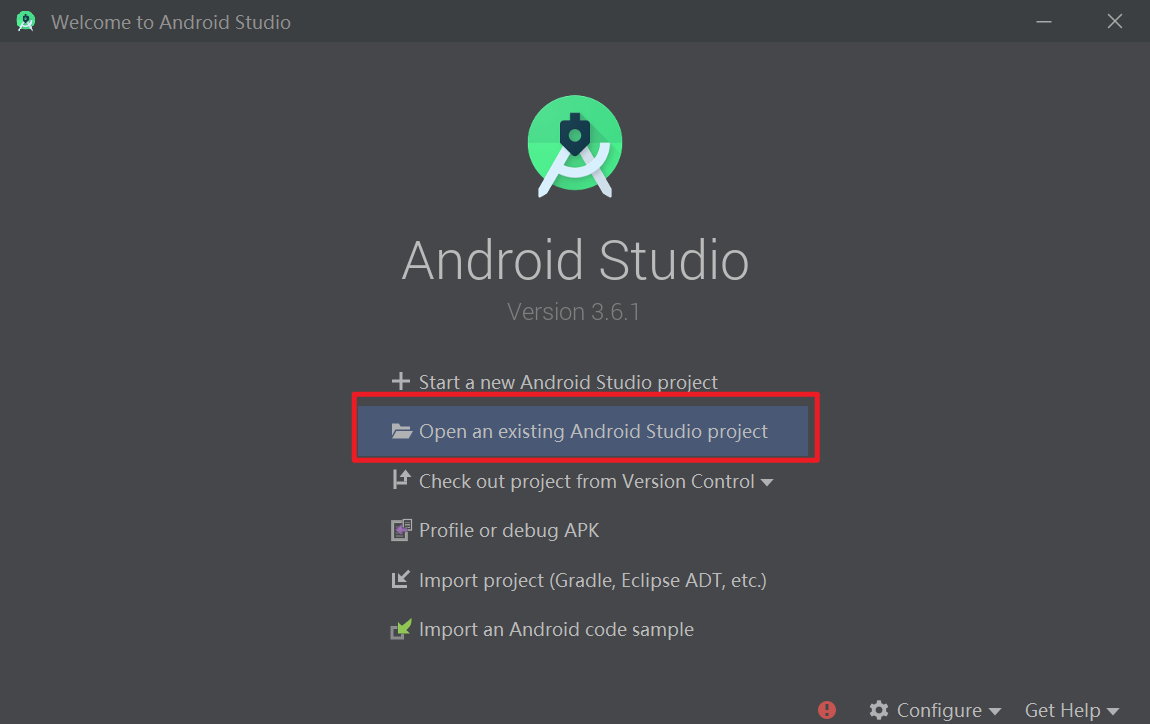

- #Github android ndk samples how to#
- #Github android ndk samples .exe#
- #Github android ndk samples apk#
Java is class-based and object-oriented, designed to have as few implementation dependencies as possible. It has become one of the most popular and powerful programming languages with one of the largest support communities in the world. Java became a language in 1991, developed by what was then Sun Microsystems, but which is now owned by Oracle. Learn more about Activities, the Activity Lifecycle, and Intents in the Android Developer guide by Google. Intent either defines the activity to start or describes the type of action to perform (and the system selects the appropriate activity for you, which can even be from a different application). The activity components interact with one another using intent objects. There is a lifecycle for activities in the Android operating system, defined by six callbacks: onCreate(), onStart(), onResume(), onPause(), onStop(), and onDestroy(). An activity provides a window for building the user interface using classes based on the View class. An activity represents a single, focused task that a user can do. The Android operating system is based on the idea of components and uses the terms activity and intent to define interactions.
#Github android ndk samples how to#
To learn more about selecting an activity and how to add code from a template, see Android Developer guide by Google. For example, to create a login screen for your app's users, add an activity with the Login Activity template. Templates are commonly used to add activities to new and existing app modules. For more information on this, see the Bottom Navigation Component section of the Material Design guidelines by Google. In the Choose your project window, you will be able to choose between these templates:īasic Activity: Creates a simple app with an app bar, a floating action button and two layout files: one for the activity and one to separate out text content.Įmpty Activity: Creates an empty activity and a single layout file with sample text content.īottom Navigation Activity: Creates a standard bottom navigation bar for an activity. As new tools and other APIs become available, Android Studio will notify you with a pop-up, or check for updates by selecting Help > Check for Update. zip file, unpack the ZIP, copy the android-studio folder into your Program Files folder, and then open the android-studio > bin folder and launch studio64.exe (for 64-bit machines) or studio.exe (for 32-bit machines).įollow the setup wizard in Android Studio and install any SDK packages that it recommends.
#Github android ndk samples .exe#
exe file (recommended), double-click to launch it. Download the latest version of Android Studio for Windows. Install Android StudioĪndroid Studio is the official integrated development environment for Google's Android operating system.

#Github android ndk samples apk#
One APK file contains all the contents of an Android app and is the file that Android-powered devices use to install the app.

The Android Studio SDK tools compile your code, data, and resource files into an archive Android package. The most straight-forward way to create a native Android app is using Android Studio with either Java or Kotlin, though it is also possible to use C or C++ for Android development if you have a specific purpose. If you would prefer a cross-platform solution, see Overview of Android development on Windows for a brief summary of some options. This guide will get you started using Windows to create native Android applications.


 0 kommentar(er)
0 kommentar(er)
